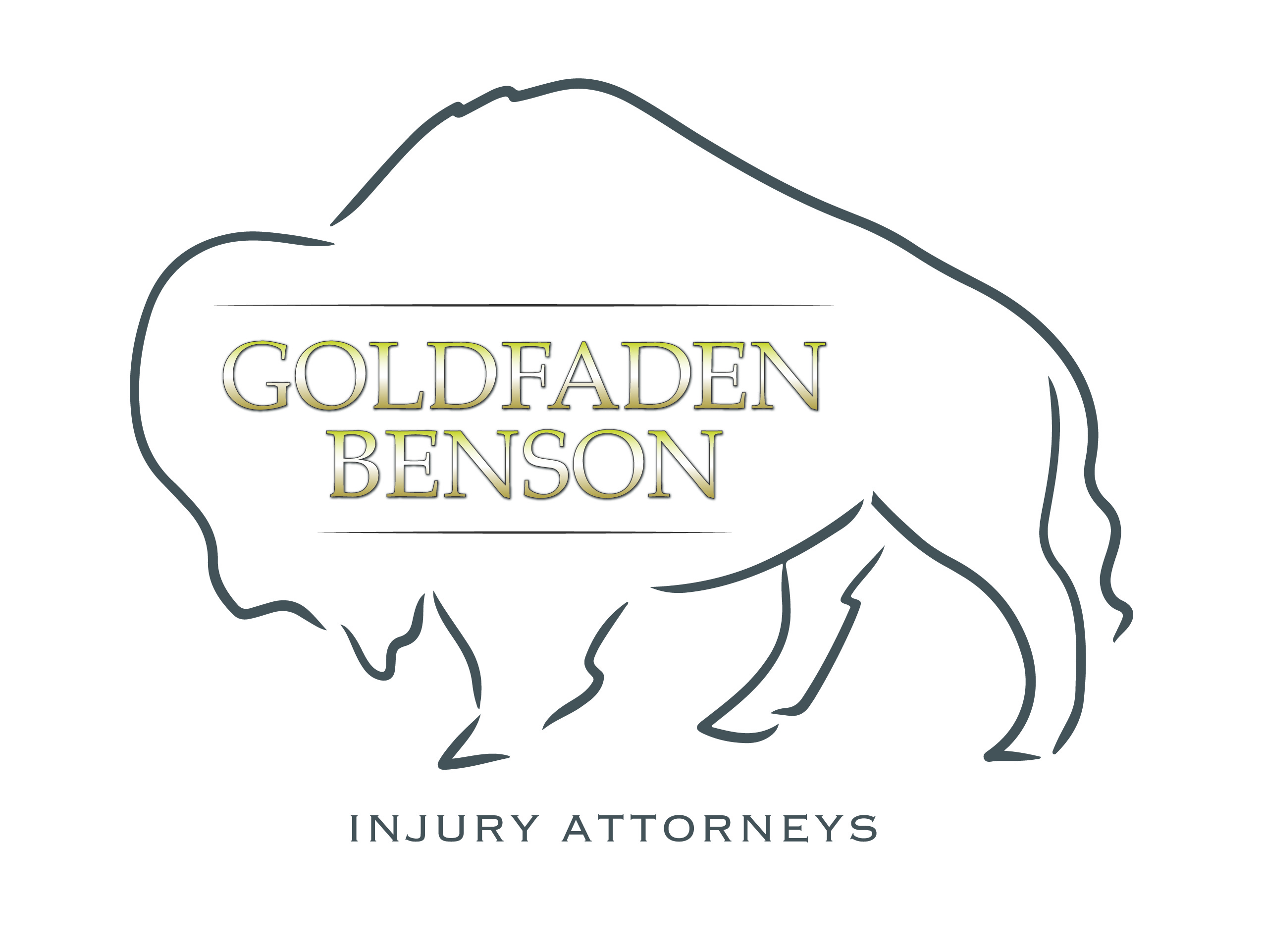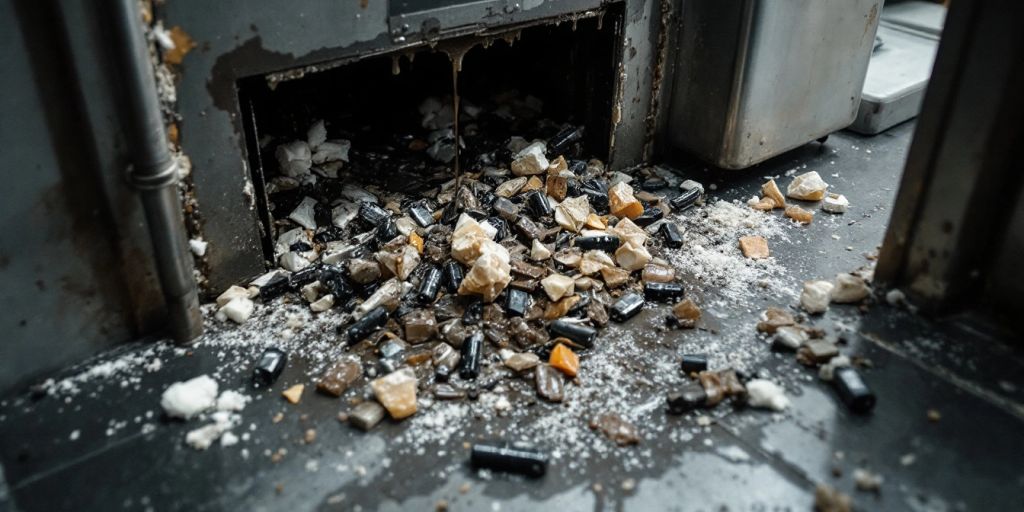A recent premises liability trial in Kings County has drawn attention as it revolves around a slip and fall incident allegedly caused by a malfunctioning trash chute. The case, R. Branch v. New York Housing Authority (NYCHA), highlights the complexities of proving negligence in such accidents.
Key Takeaways
- The plaintiff, R. Branch, claims he slipped on "garbage juice" from a trash chute.
- The defense argues that there was no hazardous condition at the time of the incident.
- The case was settled before the jury could deliberate.
Incident Overview
In January 2019, R. Branch sustained a serious hip injury while visiting a friend at the Bushwick Houses. He claims that he slipped on liquid seeping from the trash chute area, which he described as "garbage juice." Branch stated that he had previously navigated the wet area but fell while trying to prevent his friend’s young son from entering an elevator alone.
Legal Arguments
The plaintiff's attorney, Christopher Joslin, argued that the New York Housing Authority was negligent for failing to address the overaccumulation of trash in the chute area, which he claimed led to the hazardous conditions that caused Branch's fall.
In contrast, the defense, represented by Karla Alston, contended that the accident could not have occurred as Branch described. Alston presented testimony from the building’s caretaker, who detailed the maintenance routine and asserted that there were no hazardous conditions present that weekend.
Witness Testimonies
Several witnesses were called to testify, including:
- Building Caretaker: Provided evidence of maintenance routines and claimed no wetness was present.
- Tenant and Her Son: Also testified that they did not observe any hazardous conditions in the hallway.
- Emergency Medical Technicians: Noted that Branch mentioned racing in the hallway when he fell, which the defense used to argue that his actions contributed to the accident.
Closing Arguments
During closing arguments, Joslin emphasized that the caretaker's records were missing for the day of the incident, suggesting that these records would have supported the claim of liquid on the floor. He urged the jury to consider the implications of this absence in their deliberations.
Settlement
Before Judge Larry Martin could charge the jury, the parties reached an undisclosed settlement. This resolution highlights the often unpredictable nature of premises liability cases, where the burden of proof can be challenging for plaintiffs.
Conclusion
The case of R. Branch v. NYCHA serves as a reminder of the complexities involved in slip and fall lawsuits. It underscores the importance of thorough maintenance and documentation in residential buildings to prevent accidents and protect tenants. As the legal landscape continues to evolve, both property owners and tenants must remain vigilant about safety and liability issues.
Sources
- Sketches of court: Did trash chute ooze cause slip and fall?, Brooklyn Eagle.







